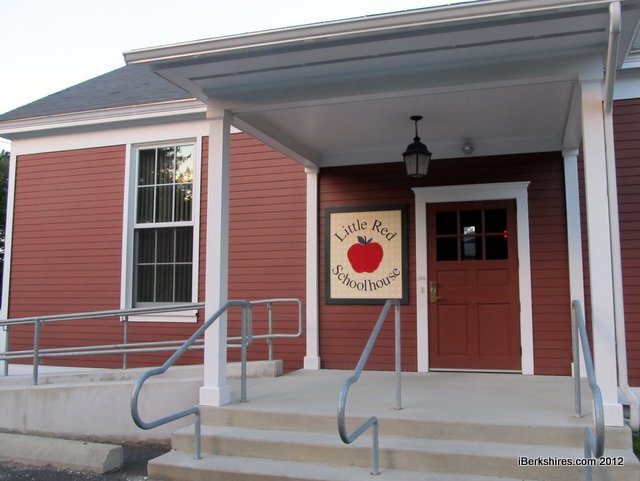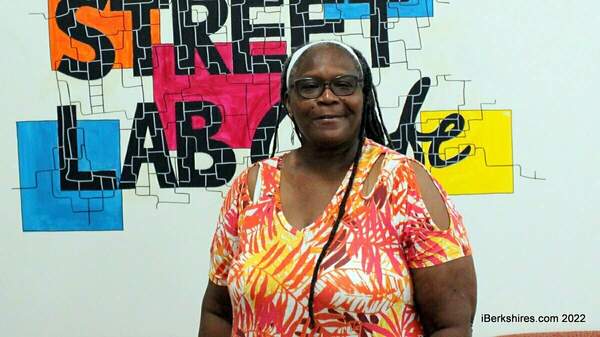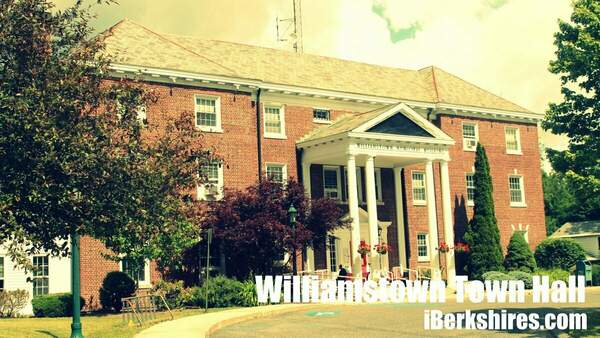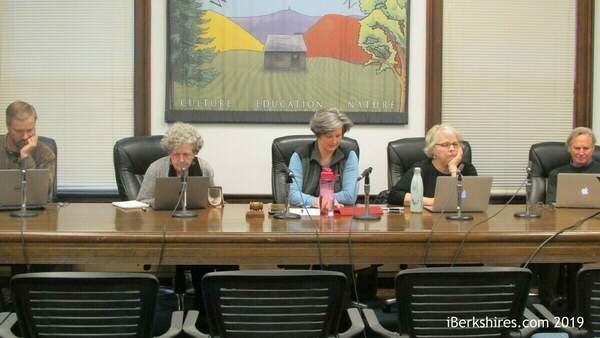Enrollment Drop Closes Little Red Schoolhouse
 The half-century old Little Red Schoolhouse won't open this year because not enough children are signed up for the preschool. The building, owned by the town, is also used by other community groups. |
Declining enrollment forced school officials in mid-July to make the difficult decision not to accept registrants for the 2012-13 school year, according to the 2011-12 president of the cooperative preschool's board of directors.
"We fully expected to open this coming school year in hopes that we would use the year to continue building our new community resources and programming," parent and Williamstown resident Lori Kapiloff said. "But we felt it would be fiscally irresponsible with the current enrollment numbers. We maintain high hopes that we will reopen the following year once we have a better feel for the market because Little Red has so much to offer."
The Williamstown Cooperative Nursery School, as it is formally known, has served North County families since 1964 in a historic structure owned by the town and leased by the South Williamstown Community Association near the "five corners" intersection of Routes 7 and 43.
The school was built in 1865 and served South Williamstown as a one-room schoolhouse and elementary school before the preschool opened. Today, the handicapped-accessible schoolhouse has two classrooms, a large indoor play space, a kitchenette, two children's bathrooms, one adult bathroom and an expansive playground with state-of-the-art play structures maintained by the town.
What the school lacked in recent years was enough enrollees to keep it viable.
After "graduating" a class of 12 pre-kindergarten children in spring 2011, Little Red had 11 children enrolled in either part-week or five-day programs last year, Kapiloff said. When the decision was made not to open this fall, the school, whose capacity was 30, had just five enrolled – not nearly enough to cover expenses for a program that requires at least two teachers on staff. The school had one teacher, Lori Jayko, planning to continue from last year.
Little Red accepted children aged 2 years, 9 months through pre-K. Its standard program met from 9 to noon with an option for lunch and afternoon care (through 3 p.m.) for additional fees. Had it opened this year, the school planned to offer extended-care hours (from 8 a.m. to 5:30 p.m.) for the first time.
The president of the South Williamstown Community Association said the group is considering a number of different options for the building, which it leases from the town for $1 per year with the understanding that the SWCA is responsible for maintenance and utilities.
"The first step is continuing to look and see if, in fact, there are children of preschool age in the community whose needs are not being met," Barbara McLucas said. "There are four other preschools in town. Maybe the market is saturated. We don't know."
(Williamstown Community Preschool recently purchased the Methodist Church on Main Street and reportedly had 25 families on its waiting list.)
The South Williamstown building and land were given to the town with a restriction that they be used for education and/or community use, McLucas said, so commercial development is not a possibility.
In addition to the non-profit Little Red preschool, the building has been home to meetings of the community association and area Girl Scout troops, and weekly meetings of Alcoholics Anonymous, McLucas said. All of those uses will continue, but there are other possibilities under consideration of the ad hoc task force, which includes McLucas and Kapiloff.
"We're looking at possibly hosting a tot program for children 16 months to (2 years, 8 months), an age group younger," McLucas said. "We're looking at starting a couple of playgroups. Our first direction is to see if we can't use it for children, only because it has such wonderful facilities."If that doesn't pan out to be a need of the community ... then we would look at trying to expand.
"Perhaps we could open the building up to more groups. On the education side, that might mean home-schooling groups. There are more families doing that, and sometimes those families need a place to get together. There could be more Scouting groups. There could be quilting groups, knitting groups, any kind of interest groups."
 Little Red Schoolhouse parent Lori Kapiloff, center with son Ben, marches in last month's Fourth of July Parade with the preschool's contingent. |
McLucas said the preschool did not pay rent to the community association, but was responsible for utilities, which averaged about $10,000 per year. The cost of heating the structure now falls on the SWCA, which will be doing some fund-raising to help keep it a year-round community resources.
"We have a good partnership with the town," McLucas said. "The town has given us Community Preservation money in the past to help keep up the building. They mow the lawn. They do the plowing."
Part of the reason why the Little Red preschool struggled in recent years may have been its parent-led, cooperative model in which every family of an enrolled child had an equal say in school governance and, implicitly, an equal stake in the financial viability of the school.
"Because of the shift in the ability of parents to be involved, it made having a cooperative model very difficult on the few parents who were willing to take on the tasks that needed to be done," Kapiloff said. "We knew for a long time that we were moving away from a cooperative model, but we didn't know what we were moving to.
"I think that lack of focus on our vision hindered us. ... When so many people have an equal standing, it makes it hard to come to a decision about the future of the school."
Last year, the school started to make moves toward stabilizing its leadership structure by reaching out to non-parents — like McLucas — for advice and service on the board, Kapiloff said. But the changes may have come too late to make a difference.
Kapiloff said her family was fortunate to find a spot for her son Ben this fall at Williamstown Elementary School's Side by Side program. But she still hopes the Little Red Schoolhouse will again function as a preschool in some form.
"Even though things like the cooperative model were not working, there are so many things about the school that are wonderful — the building itself, the teachers, the programs, the setting — all things we feel are a huge positive," Kapiloff said.
Tags: closure, enrollment, Little Red Schoolhouse, preschool,















